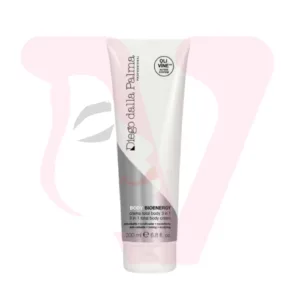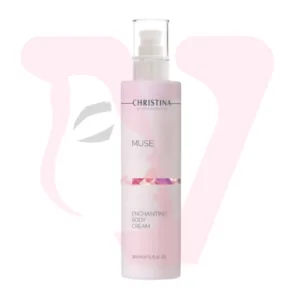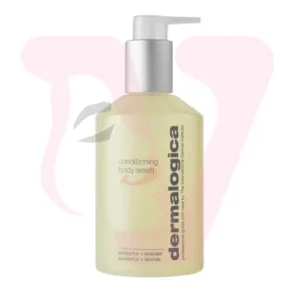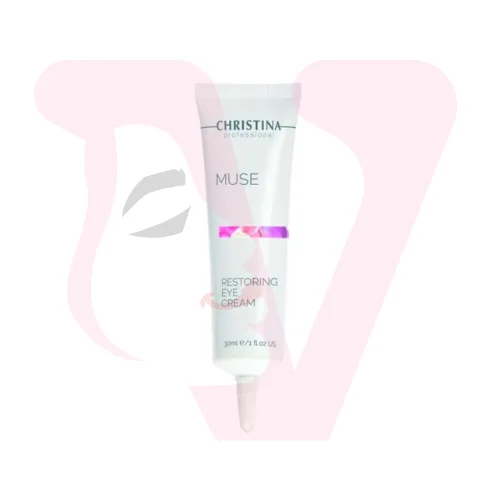news
Face Masks: A Powerful Boost for Your Skincare Routine
In the world of skincare, face masks are often seen as a luxurious treat—a moment of self-care reserved for a relaxing night in. While they certainly provide a spa-like experience, their role is far more significant. Face masks are highly concentrated, intensive treatments designed to deliver a powerful boost of beneficial ingredients to your skin in a short amount of time. Whether you’re looking to deeply hydrate, detoxify pores, brighten your complexion, or soothe irritated skin, there’s a mask formulated for your specific needs.
Unlike your daily serums and moisturizers, which work to maintain skin health over time, masks offer a targeted, immediate solution to specific skin concerns. They are an essential tool for an effective routine, providing a quick reset button when your skin feels dull, congested, or stressed. This comprehensive guide will explore the different types of face masks, the key ingredients to look for, and how to incorporate them into your routine for maximum benefit.

Understanding the Different Types of Face Masks
The variety of face masks on the market can be overwhelming. Each type is designed to address a different skin issue.
- Sheet Masks:
- Characteristics: A thin, pre-cut sheet soaked in a concentrated serum, typically made from cotton, hydrogel, or bio-cellulose.
- How they work: The sheet provides a physical barrier that prevents the serum from evaporating, forcing the skin to absorb the active ingredients more effectively.
- Best for: All skin types, especially for hydration and brightening. They are convenient, mess-free, and perfect for a quick hydration boost.
- Clay and Mud Masks:
- Characteristics: Thick, creamy masks made from natural clays (like bentonite or kaolin) or mud. They dry on the skin.
- How they work: As they dry, they draw out impurities, excess oil, and toxins from the pores, providing a deep cleanse.
- Best for: Oily and acne-prone skin. They are excellent for detoxifying and minimizing the appearance of pores.
- Gel Masks:
- Characteristics: Transparent, jelly-like masks with a lightweight, cooling texture.
- How they work: They are usually rich in humectants like hyaluronic acid and aloe vera, providing an intense dose of hydration without feeling heavy.
- Best for: Dehydrated or sensitive skin. They are incredibly soothing and perfect for calming irritated skin after sun exposure or harsh treatments.
- Cream Masks:
- Characteristics: Thick, rich, and nourishing. They often have an emollient base.
- How they work: They deliver deep hydration and lock in moisture, leaving the skin feeling soft and supple.
- Best for: Dry and mature skin. They are perfect for replenishing moisture and providing a protective barrier.

Key Ingredients to Look For in a Face Mask
The efficacy of a mask lies in its ingredients. Look for these powerful actives to target your specific concerns:
- For Hydration: Hyaluronic Acid, Glycerin, Aloe Vera, Ceramides. These ingredients attract and retain moisture in the skin.
- For Brightening: Vitamin C, Niacinamide, Licorice Root Extract. They help to fade dark spots and even out skin tone.
- For Oily/Acne-Prone Skin: Salicylic Acid (BHA), Kaolin Clay, Activated Charcoal. These ingredients help to exfoliate, absorb excess oil, and purify pores.
- For Soothing: Centella Asiatica (Cica), Chamomile, Green Tea Extract. They calm inflammation and reduce redness.
- For Anti-Aging: Retinol, Peptides, Antioxidants. These ingredients help to improve skin elasticity and reduce the appearance of wrinkles.
How and When to Use Face Masks
Proper application is key to getting the most out of your mask.
- Cleanse Your Skin: Always start with a clean face. A double cleanse is recommended to ensure your skin is free of makeup, dirt, and oil, allowing the mask’s ingredients to penetrate effectively.
- Apply Evenly: Use a clean brush or your fingertips to apply a thin, even layer of the mask, avoiding the eye and lip areas. For sheet masks, carefully unfold and place it on your face, smoothing out any air bubbles.
- Follow the Instructions: Adhere to the recommended time on the product packaging (typically 10-20 minutes). Leaving a clay mask on for too long can over-dry your skin.
- Rinse or Remove: For wash-off masks, rinse thoroughly with lukewarm water. For sheet masks, remove the sheet and gently pat the remaining serum into your skin. Do not rinse the serum off.
- Finish with Your Routine: After the mask, follow up with your serum and moisturizer to lock in all the benefits.

Conclusion: A Strategic Addition to Your Routine
Face masks are more than just a momentary indulgence. They are a strategic tool that can significantly elevate your skincare game. By choosing the right mask for your skin’s unique needs and using it consistently—once or twice a week is often enough—you can address specific concerns, accelerate your results, and give your skin the concentrated care it craves. Incorporate them wisely, and watch your complexion transform.

